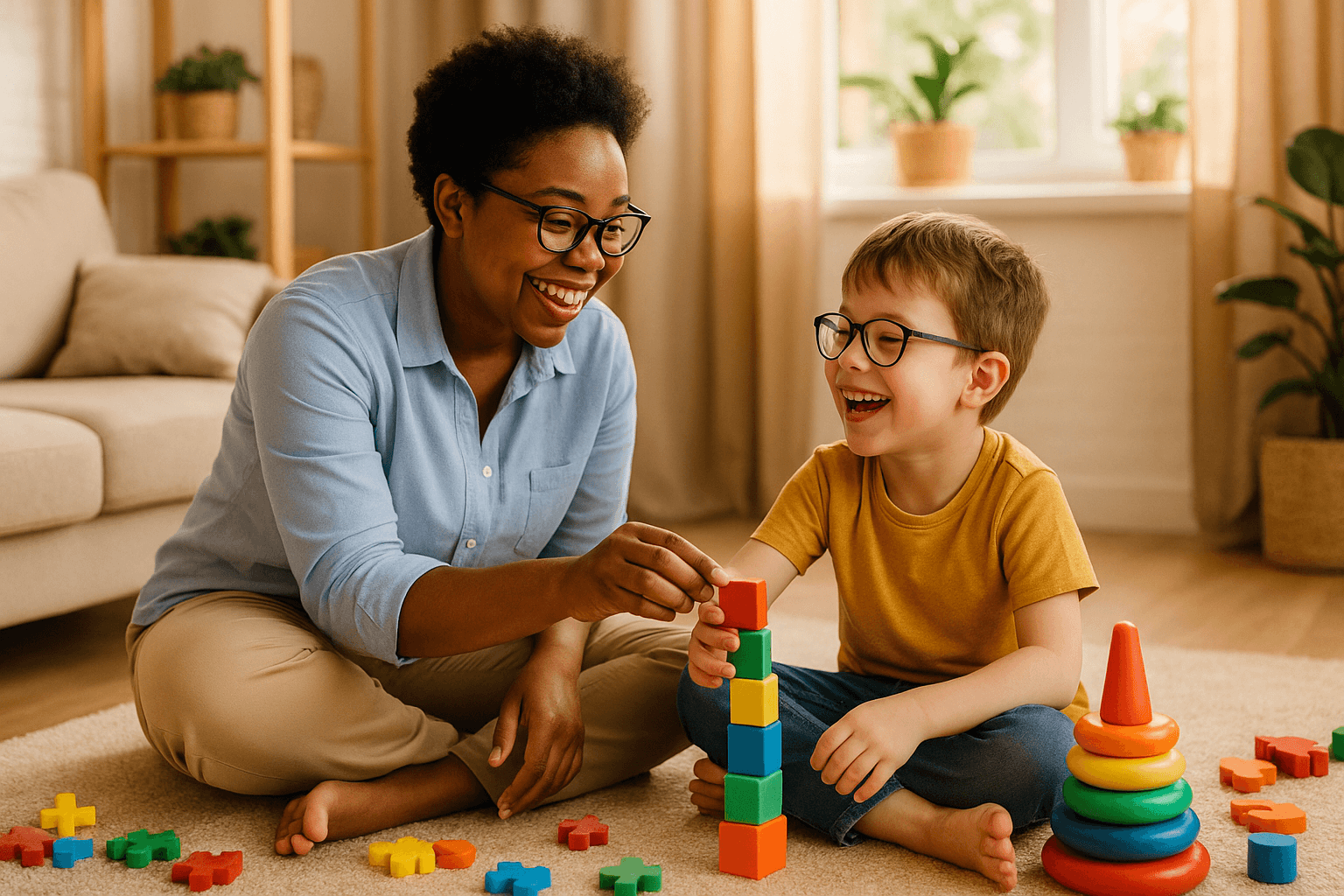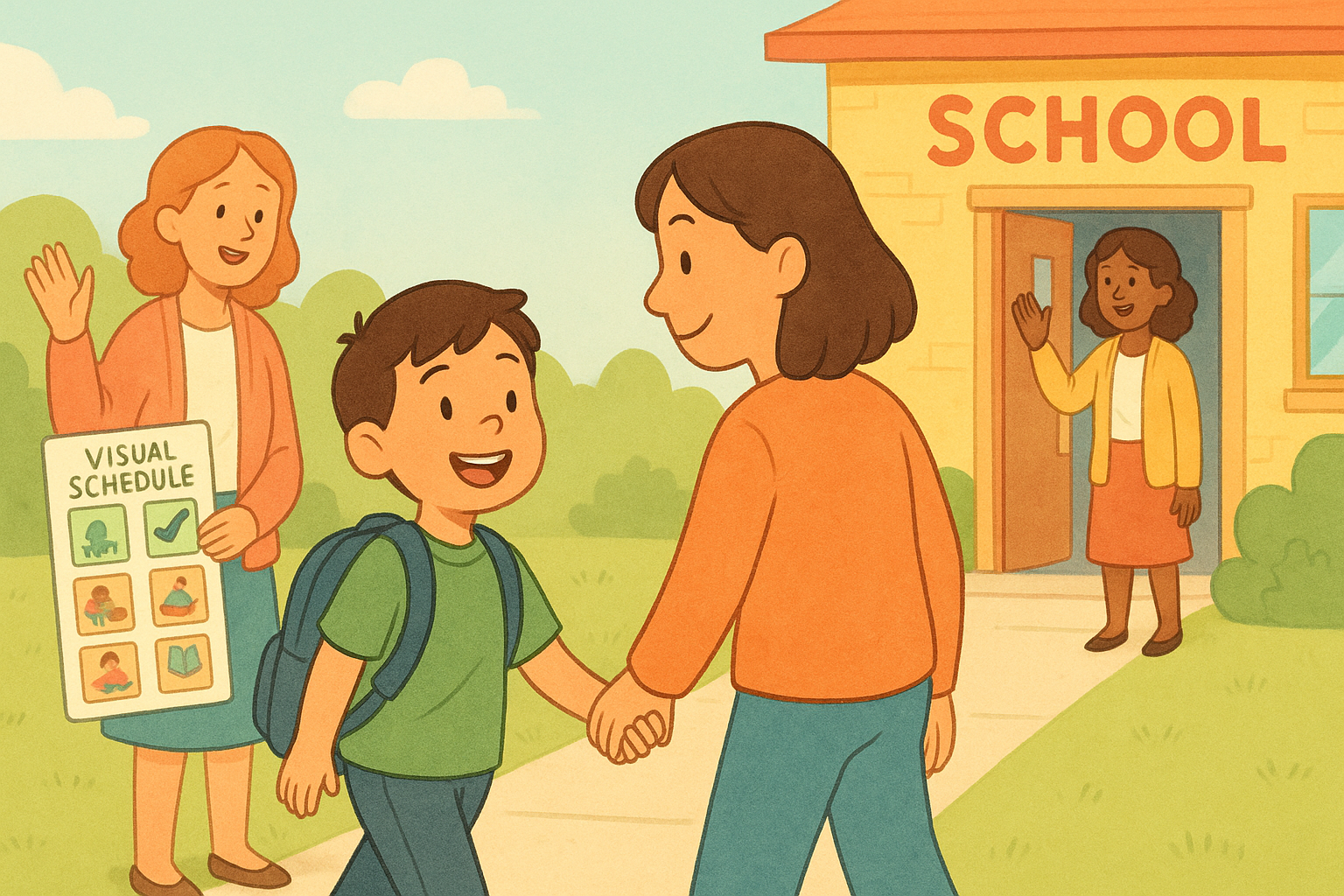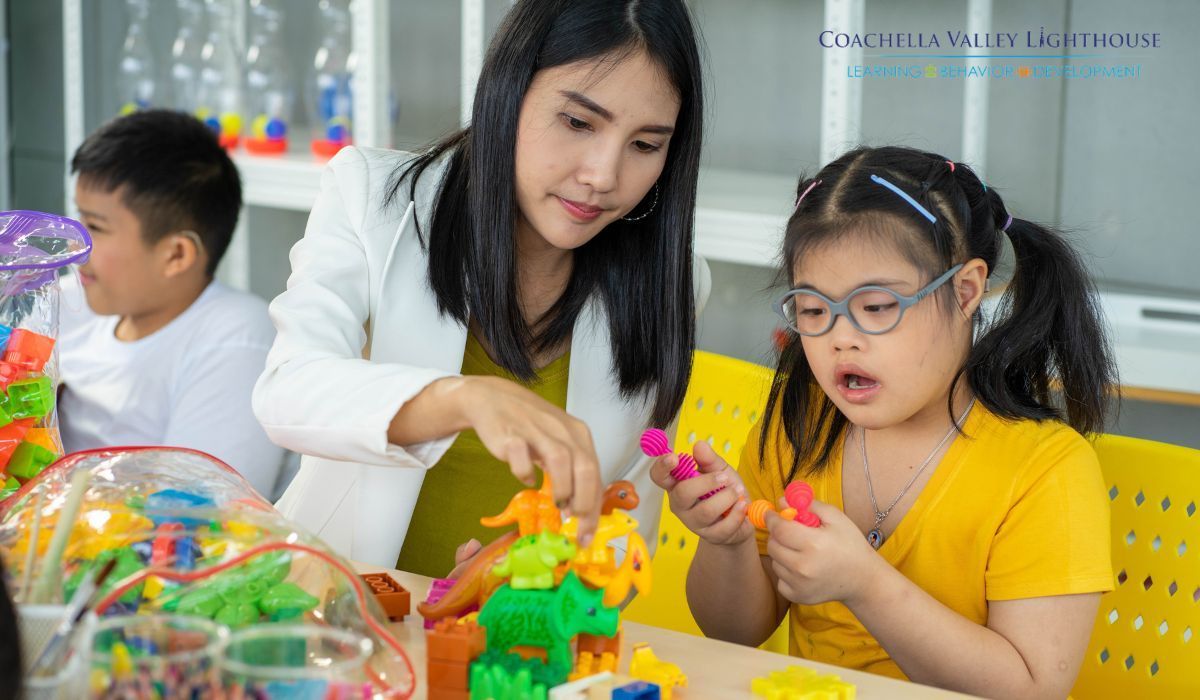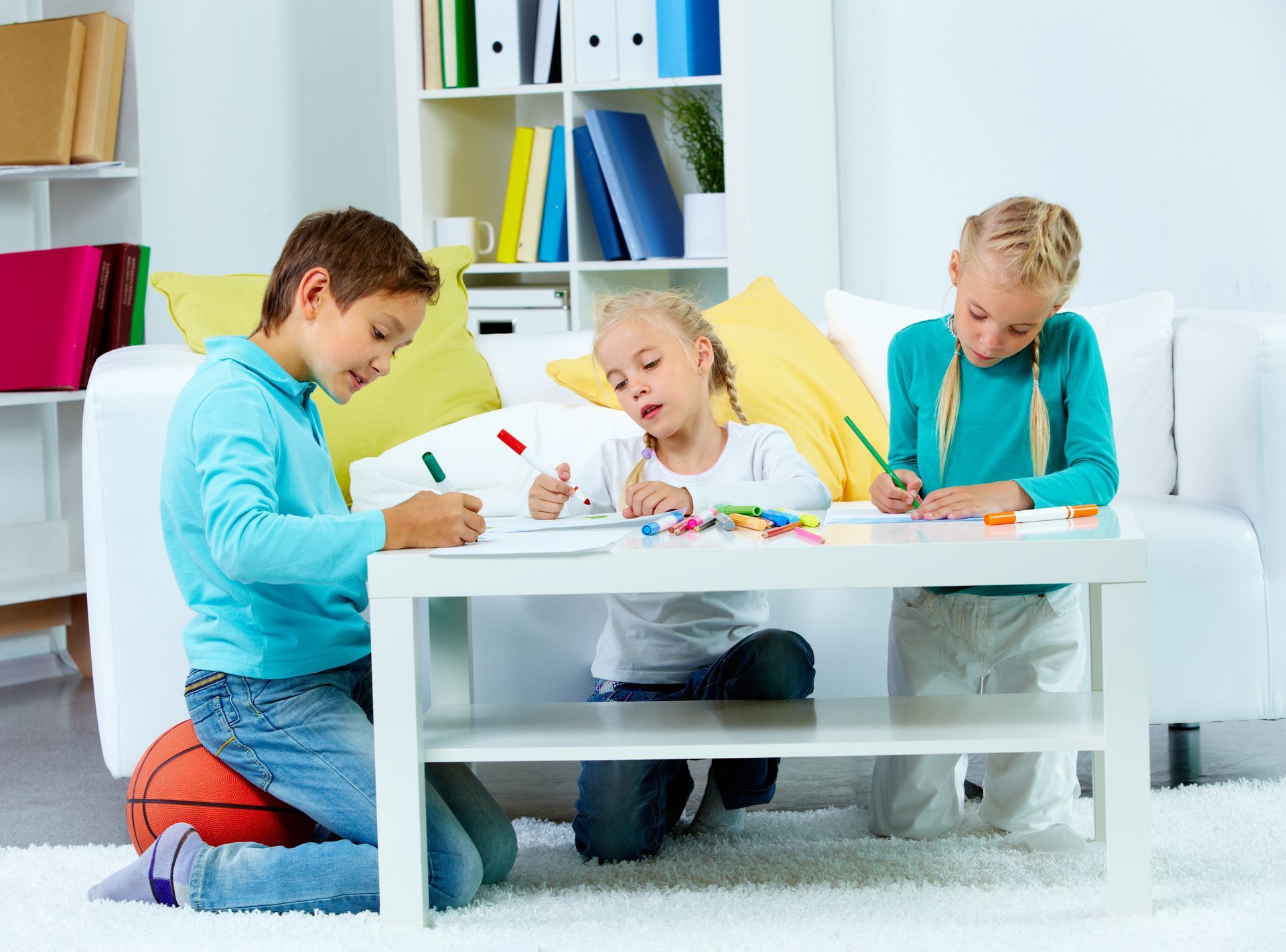ABA Therapy Techniques to Help Your Child Handle Change
Introduction: Why Change Feels Big to Kids in ABA Therapy
Change is part of life — but for many children, especially those with autism or other developmental differences, transitions can feel overwhelming. Even something as small as a new breakfast food or a different route to school can spark anxiety.
That’s where Applied Behavior Analysis (ABA) therapy comes in. This evidence-based approach helps children learn new skills, increase flexibility, and feel more comfortable with change. In this article, we’ll explore practical ABA therapy techniques you can use at home and in everyday life to help your child handle transitions with greater ease.
Why Change Can Be Hard for Children with Autism
Many children on the autism spectrum thrive on structure and predictability. Knowing what comes next helps them feel safe and secure. When something unexpected happens — even something positive — it can cause stress.
Common triggers include:
- Moving to a new home
- Starting a new school year
- Having a different caregiver
- Shifts in daily routines like mealtimes or bedtimes
From an ABA perspective, these reactions make sense. Sudden changes can disrupt learned patterns and overwhelm sensory processing. That’s why ABA therapy focuses on building adaptability as a skill — so children can manage transitions with more confidence.
How ABA Therapy Supports Adaptability
ABA therapy uses data-driven, individualized strategies to teach and reinforce positive behaviors. For handling change,
ABA focuses on:
- Gradual exposure: Introducing small, manageable changes before bigger ones.
- Positive reinforcement: Rewarding calm and flexible responses.
- Skill-building: Teaching coping strategies and communication tools.
- Consistent practice: Using repetition in a safe, supportive environment.
Your child’s Board Certified Behavior Analyst (BCBA) or Registered Behavior Technician (RBT) will tailor these techniques to their unique needs, helping them make steady progress.
ABA Therapy Techniques for Helping a Child Handle Change
1. Use Visual Supports and Schedules
Visual schedules help children understand what’s happening next. This can be as simple as a picture chart on the wall or a tablet app that displays the day’s activities.
- How it works: Show the schedule each morning and review it before each change.
- Example: If Grandma is picking up from school instead of Mom, add a photo of Grandma to the chart.
- ABA benefit: Reduces uncertainty and supports predictability.
2. Create Social Stories
Social stories are short, personalized narratives that explain a situation in clear, positive language.
- How to make one: Use pictures of real people, familiar places, and simple sentences to describe what will happen.
- Example: If visiting a new dentist, create a story showing the office, meeting the dentist, and sitting in the chair.
- ABA benefit: Prepares your child by rehearsing the change in a safe way.
3. Practice Gradual Exposure
Instead of jumping into a big change, break it into smaller steps.
- Example: If you’re moving bedtime from 8:00 to 7:30, shift it by five minutes every few nights.
- ABA benefit: Gives your child time to adjust without feeling overwhelmed.
4. Try Role-Playing New Situations
Role-play allows children to “practice” changes before they happen.
- Example: If a new bus route is starting, act it out at home with toy buses or chairs lined up in rows.
- ABA benefit: Builds familiarity, reducing anxiety when the real event happens.
5. Use Positive Reinforcement
Praise and rewards motivate children to repeat desired behaviors.
- How it works: Choose a reinforcer your child loves — stickers, a favorite snack, or extra playtime — and give it immediately after a flexible response.
- Example: If plans change and your child stays calm, reward them right away.
- ABA benefit: Strengthens adaptive responses to change.
6. Teach Functional Communication Skills
Sometimes, frustration with change comes from not knowing how to express feelings. Functional Communication Training (FCT) teaches children to ask for help or a break.
- Example: Use a phrase card that says “I need a break” or “Can we do this later?”
- ABA benefit: Reduces meltdowns by replacing problem behavior with effective communication.
7. Introduce Coping and Calming Tools
Having a set of tools for self-regulation can make transitions smoother.
- Examples:
- A small sensory toy
- Deep breathing exercises
- A designated quiet space
- ABA benefit: Encourages independence in managing emotions during change.
Tips for Parents to Support Adaptability at Home
- Work with your ABA team: Share upcoming changes so strategies can be built into therapy sessions.
- Start small: Practice with minor changes before big ones.
- Model flexibility: Show your child that you can handle unexpected events calmly.
- Stay consistent: Use the same reinforcement and coping tools at home and in therapy.
When to Seek Extra Support
If your child’s anxiety or behavioral challenges around change seem to worsen or interfere with daily life, talk to your BCBA or pediatrician. ABA programs can be adapted to meet more complex needs, including integrating occupational therapy, speech therapy, or counseling for additional support.
FAQ: ABA Therapy and Transitions
What is ABA therapy?
ABA therapy is an evidence-based approach that uses reinforcement, prompting, and skill-building to encourage positive behaviors and independence. Learn more on our
ABA Therapy Overview page.
Can ABA therapy help with school transitions?
Yes. ABA strategies can prepare children for new classrooms, teachers, and schedules, making the shift smoother and less stressful.
Do ABA techniques work for non-verbal children?
Absolutely. ABA uses visual supports, sign language, and communication devices to teach adaptability for all communication levels.
How long until I see results?
Every child is different, but with consistent therapy and home practice, many families see progress in a matter of weeks.
Conclusion: Small Steps Lead to Big Wins
Learning to handle change is a gradual process — but with the right ABA therapy techniques, your child can build flexibility and confidence over time. Whether it’s using visual schedules, practicing new routines, or reinforcing calm behavior, every step forward counts.
At CV Lighthouse, our ABA therapy programs are designed to help children thrive through transitions with personalized strategies and compassionate care.
Call us today to learn how our ABA therapy can support your child’s growth and adaptability.











